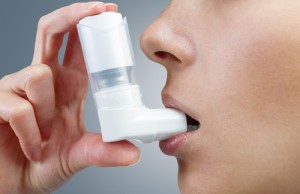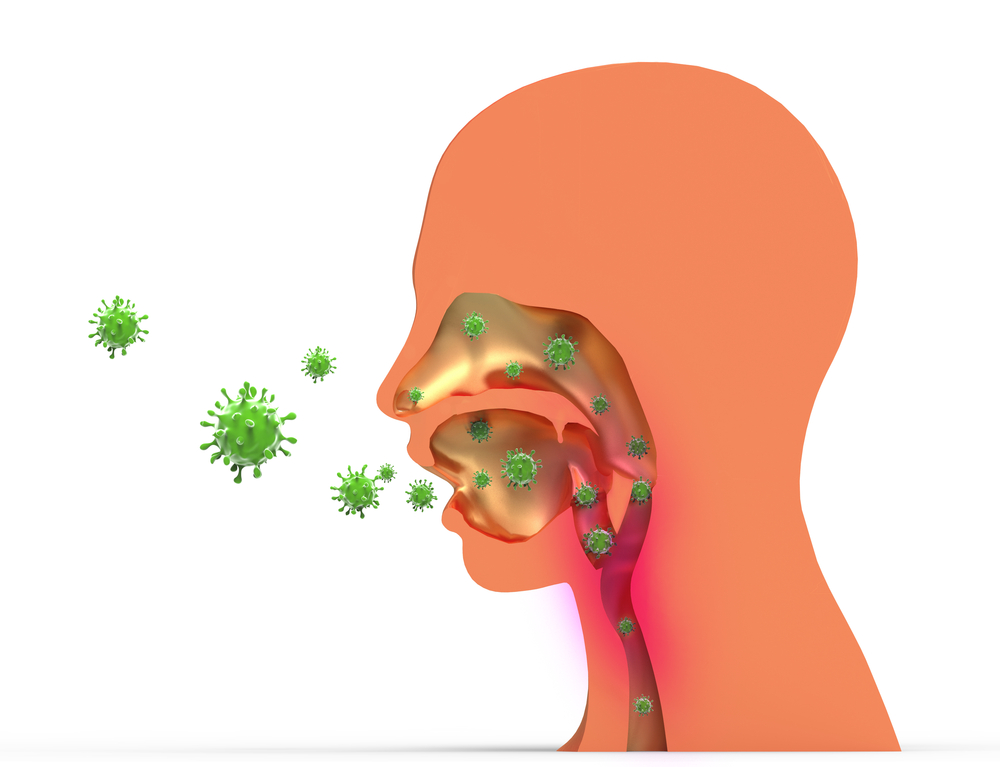 Bayer and Novartis, two leading pharmaceutical companies, are developing ciprofloxacin dry powder for inhalation (DPI, brand name Cipro Inhale) to treat non-cystic fibrosis bronchiectasis. A phase 2 clinical trial, “Evaluation of Cipro Inhale in Patients With Non-cystic Fibrosis Bronchiectasis,” demonstrated the safety and efficacy of Cipro Inhale in treated patients.
Bayer and Novartis, two leading pharmaceutical companies, are developing ciprofloxacin dry powder for inhalation (DPI, brand name Cipro Inhale) to treat non-cystic fibrosis bronchiectasis. A phase 2 clinical trial, “Evaluation of Cipro Inhale in Patients With Non-cystic Fibrosis Bronchiectasis,” demonstrated the safety and efficacy of Cipro Inhale in treated patients.
Cipro Inhale was compared against a placebo in the study with the purpose “to finding out if bacterial load in the airways can be reduced after inhalation of ciprofloxacin after 28 days.” Specifically, the investigators, led by Dr. Barbara Hampel of Bayer, were interested in the bacteria Pseudomonas aeruginosa and Haemophilus influenzae, two pathogens common to bronchiectasis patients. The overall amount of bacteria present in patient sputum was designated a primary outcome measure for the study.
According to the published results in “Ciprofloxacin Dry Powder for Inhalation in Non-Cystic Fibrosis Bronchiectasis: A Phase II Randomised Study,” from the European Respiratory Journal, bacterial load was significantly lower in patients receiving ciprofloxacin DPI than in patients receiving placebo. Bacterial load reductions at the end of the 28-day treatment period were -3.62 log(10) colony forming units/gram (CFU/g) and -0.27 log(10) CFU/g, respectively. Additionally, more patients in the ciprofloxacin DPI group reported pathogen eradication (fourteen versus four).
These results were based on a cohort of 60 patients receiving 32.5 mg ciprofloxacin DPI and 64 patients receiving placebo twice daily for 28 days. An additional 56 days after the study were used as a follow-up period to conduct evaluations including pulmonary function tests, sputum collection, and Health Related Quality of Life measures. Approximately one-third of patients did not complete these evaluations, largely due to withdrawal from an adverse event.
[adrotate group=”6″]
Secondary outcome measures were plentiful, with the majority related to the efficacy of treatment. Forced expiratory volume in one second (FEV1) demonstrated the strength of ciprofloxacin in reversing deteriorating lung function. Placebo-treated patients saw a gradual decline in FEV1 over the study period, with a change of -0.14% at day eight and a change of -0.50% at day 84. On the other hand, ciprofloxacin-treated patients enjoyed a gradual increase in lung function, with a change of -0.67% at day eight and a change of +0.70% at day 84. Interestingly, FEV1 in ciprofloxacin-treated patients spiked to 1.19% 42 days after the start of treatment before decreasing to 0.81% after 56 days and 0.70% after 84 days.
Other outcome measures, including forced vital capacity (FVC), 24-hour sputum color, and microbiological response of Cipro Inhale per participant showed clear benefits of ciprofloxacin treatment versus placebo. Concerning the safety of treatment, the four adverse events experienced with ciprofloxacin treatment were hallucination, complex regional pain syndrome, bronchiectasis, and oesophageal adenocarcinoma.
The treatment administered in the study, 32.5 mg ciprofloxacin hydradated, corresponds to 50 mg Ciprofloxacin PulmoSphere Inhalation Powder, the form under development by Bayer. Collaborating with Novartis, Bayer may soon bring to market another treatment upon which clinicians can rely to treat their bronchiectasis patients.

